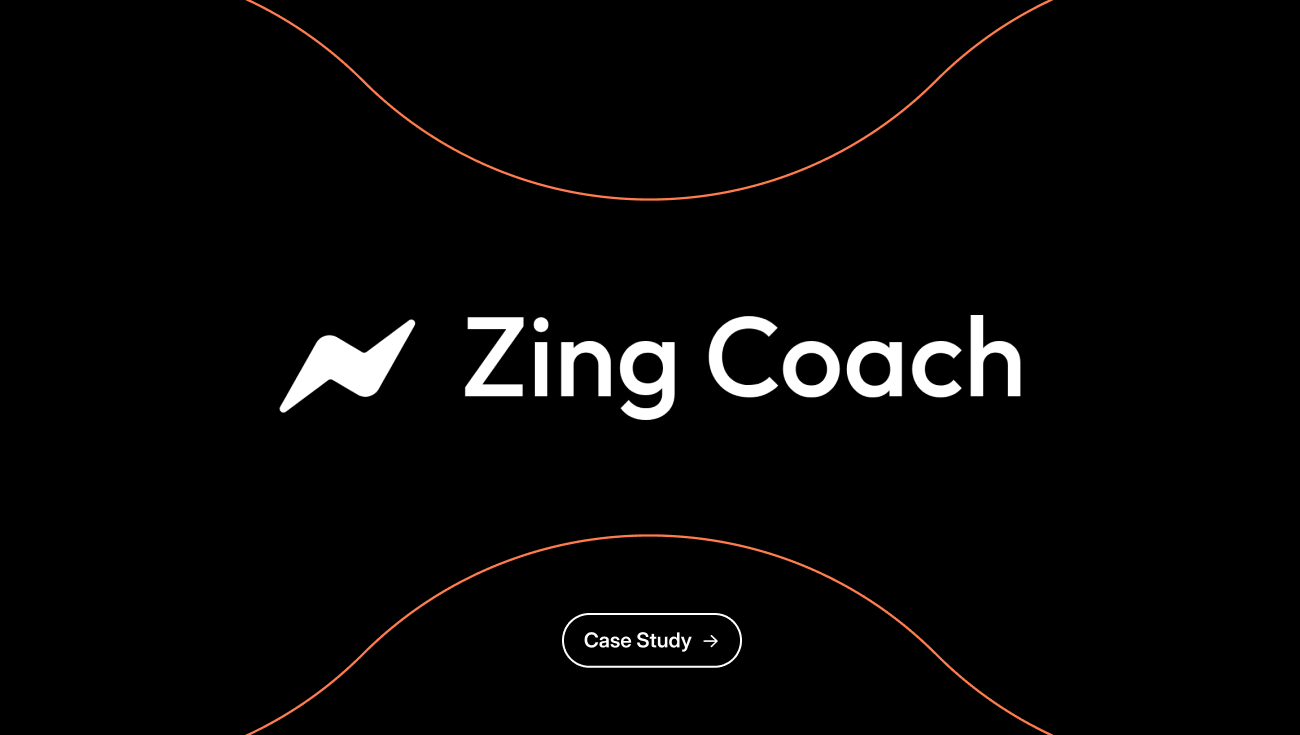Payments aren’t just a step at checkout, they’re where customer experience, loyalty, and revenue meet. Get them right, and they power growth. Get them wrong, and every part of the business feels it.
Few companies know this better than Conforama, one of Europe’s leading home furnishings retailers. With millions of customers and billions in annual sales, even a small improvement in payment performance translates to millions in additional revenue.
To capture that opportunity, Conforama brought in Lucas Quinio in 2022 as its first Head of Payments. His mission: Reposition payments as a strategic pillar of the business, driving growth, efficiency, and better customer outcomes.
Delivering on that mission meant rebuilding the payment foundation around four principles: unification, flexibility, connectivity, and control.
And, to achieve that, Conforama needed a single platform to unify every provider, payment method, and data source, with the freedom to adapt and optimize in real time.
That’s where Primer came in.
“With Primer, we have complete visibility and control over our payments,” says Lucas. “We can connect all the services we need, adapt in real time, and optimize every step of the payment flow.”
Making payments everyone’s business
Before selecting Primer, Lucas ran an extensive RFP process, speaking with a dozen companies before narrowing the list to four. From the start, he made sure every team that would use the platform was part of the evaluation.
“It was imperative to get cross-organizational buy-in,” he says. “Payments shouldn’t be a silo and one of my objectives is to make payments everybody’s business. So I need a platform that teams across the business could use and benefit from.”
.png)
After months of evaluation, Primer emerged as the clear choice. Its usability stood out immediately: intuitive enough for anyone to use, yet powerful for experts.
“Most payment tools are complex by design,” says Lucas. “You need deep technical knowledge just to get started. Primer breaks that mold. Now, teams across finance, support, and marketing use it daily, and payments are part of their everyday decisions.”
Beyond usability, what also impressed Lucas was how Primer is geared up to deliver positive business outcomes.
“The platform is built by people who understand the opportunities payments can create for a business,” he adds. “You can see it in the flexibility of the platform, the tools to improve key metrics, the data and analytics features, even in how easily you can connect non-payment services into the flow.”
Measurable impact, lasting gains
Once Primer was in place, the difference was immediate. What had been a complex, specialist domain suddenly became a source of collaboration and measurable gains.
Before Primer, even small changes to Conforama’s payment setup came with stress and uncertainty. Teams would brace for long nights and cross-department coordination, knowing that one wrong move could disrupt thousands of transactions.
Today, that pressure is gone. Lucas and his team can plan, test, and deploy updates with confidence, freeing them to focus on optimization instead of firefighting.
And the results speak for themselves.
Since moving to Primer, Conforama has seen measurable improvements in payment performance. PayPal confirmed an increase of 1% to 1.5% in success rates, while card payments rose another 1% to 2% points after ensuring configurations were correct and the right data was being sent.
“These aren’t small wins,” says Lucas. “When PayPal tells you your payments are performing better, that’s when you know Primer’s making a real difference.”
(1).png)
And Lucas believes there are more gains to unlock.
“We’re only scratching the surface of what we can do with Primer,” he says. “I’m confident we can lift authorization rates by another four or five basis points by continuing to sharpen our routing strategy, using Primer’s 3DS tools to optimize customer authentication, and also deploying Fallbacks to recover failed payments.”
From black box to full visibility
Those optimization gains were only possible because of one thing: visibility. Before Primer, payments at Conforama were a black box. When something went wrong, the teams responsible for keeping transactions flowing were often left waiting for answers.
“When payments fail at a billion-euro retailer, every minute matters,” Lucas recalls. “Before Primer, those moments were tense and uncertain. We’d see transactions fail but had little visibility into why.”
That changed with Primer. Real-time dashboards and workflow monitoring now give Lucas’s team a comprehensive view of every API call, every provider, and every step of the payment flow. When something goes wrong, they can act immediately instead of waiting for answers from external partners.
Lucas recalls one crisis he calls the war room, when support teams gathered to diagnose a major outage. In the past, they would have waited hours, even days, for answers from providers.
With Primer, it took minutes.
Lucas pulled up Primer’s live dashboard, pinpointed exactly where the issue occurred, and disabled the failing payment method with a click so customers never experienced the problem.
“That was impossible six months earlier,” he says. “Now we have visibility and the power to act before issues impact our bottom line.”
Where payments power the next chapter
Building on Conforama’s success, Lucas and his team are now extending Primer across the group, starting with BUT, another major French retail brand. Together, the two process over €4 billion in payments annually.
The rollout is about more than technology. It represents a shift in how the group operates, with payments now seen as the connective tissue that powers every part of the business, from customer experience to finance to operations.
“It was always the plan to unify payments across Conforama and BUT,” Lucas says. “But we would not have done it if Conforama had not been a success.”
As Primer becomes the shared foundation for both brands, teams can test new ideas faster, collaborate more closely, and make smarter decisions backed by real-time insights. It’s a model for what modern payments leadership looks like, using the right infrastructure to unlock performance, empower teams, and drive the business forward.
Keep reading
You’ve seen what
can do.
Now imagine what you could.










